Lost in Space Borrows the Best Parts of the 1998 Movie
Netflix’s Lost in Space shares a strong sense of visual style with its 1998 film cousin.
Do you remember the experience of being a kid and going to the movies? For a wonderful 8-12 year span of our lives there is no such thing as a bad film. The novelty of seeing something projected on a big screen is so strong that you’ll overlook any trifling concerns like two-dimensional characters, disorganized plot, or any other traditional markers of all-around badness.
I don’t remember which film I saw when I was a kid that finally made me realize it was possible for a movie to be bad. I do, however, remember one of the very last bad movies I ever saw that I was too young to realize was bad and therefore loved unreservedly. 1998’s Lost in Space was that film.
Make no mistake; Lost in Space was a terrible movie. It currently has a 27% on Rotten Tomatoes and has earned every fraction of those 73% rotten reviews. As a kid, however, it was impossible for me to consider even for a moment that the movie that my brother and I would quote lines with each other from was bad.
That’s partially because kids are very, very dumb. It’s also because despite being an objectively bad movie, Lost in Space doesn’t quite look like a bad movie. Lost in Space has a surprisingly fresh, modern, and exciting visual aesthetic. That’s something it shares with the already far superior 2018 Netflix adaptation.
Lost in Space (1998) was probably little more than a scheme from New Line Cinema to make money from toy sales. If so – mission accomplished. If every consumer were my at-the-time 5-year-old brother, and me New Line would have one day been able to buy Warner Bros. and not the other way around. Just take a second to look at some of these incredibly cool designs.
Wardrobe
One thing that both adaptations of Lost in Spacehave in common is an extensive closet full of interesting costumes. Lost in Space(1998) puts its characters in a series of cool, yet believable and useful outfits. In the film, the Robinson family is to be placed into a cryosleep so they can preserve their bodies on the years-long expedition to Alpha Centauri. To accomplish this task, the Robinsons are placed in sleek, metallic suits that hook up to the machines and monitor their vitals.
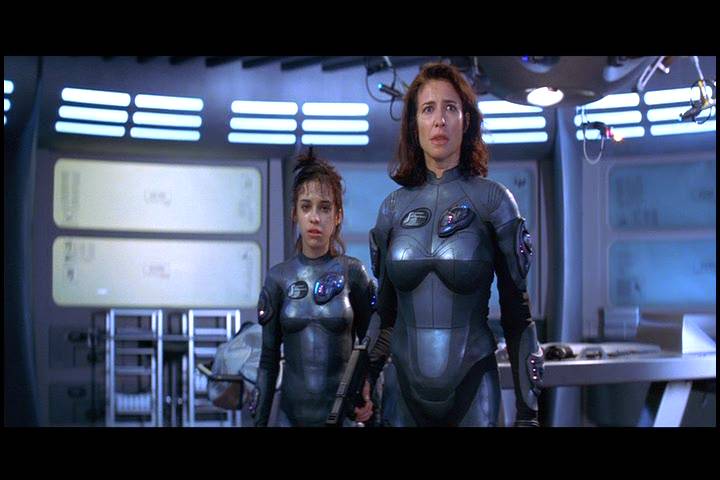
Ok, the breastplates are admittedly a bit much but it’s still a worthwhile introduction into the wild costuming of the movie. After the Robinsons are removed from cryosleep, they get to lounge around the Jupiter II in clothing of their own choosing. Here is Lacey Chabert as Penny Robinson, making it seem like the future’s aesthetic is “what if The Crow were also a fighter pilot?”
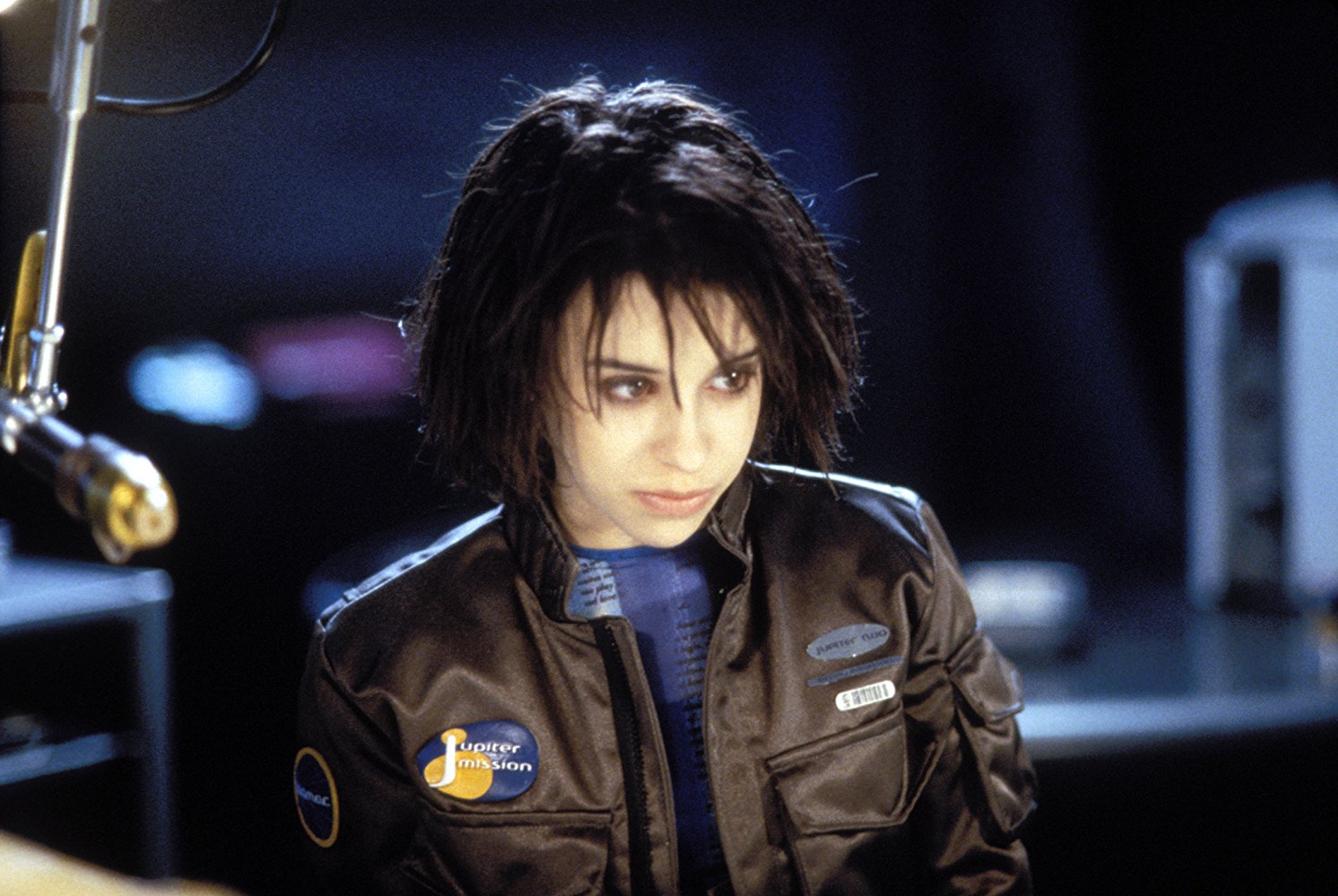
Everything on the Robinson’s official clothing is tagged with their nameplates and Jupiter Mission insignia. This is production design 101 kind of stuff but it still offers enough little details to show that the art department brought their A-game to Lost in Space, even if no one else did.
Once the Robinsons, Dr. Smith, and Don West must leave the safe confines of The Jupiter II to investigate a lifeless vessel floating in space, they adorn themselves in the movie’s best look by far. “Black has always been my color” Gary Oldman as Dr. Smith says when Major West (Matthew LeBlanc, weirdly) shoves a suit into his chest. Hell yeah, dude. Black is Gary Oldman’s color.
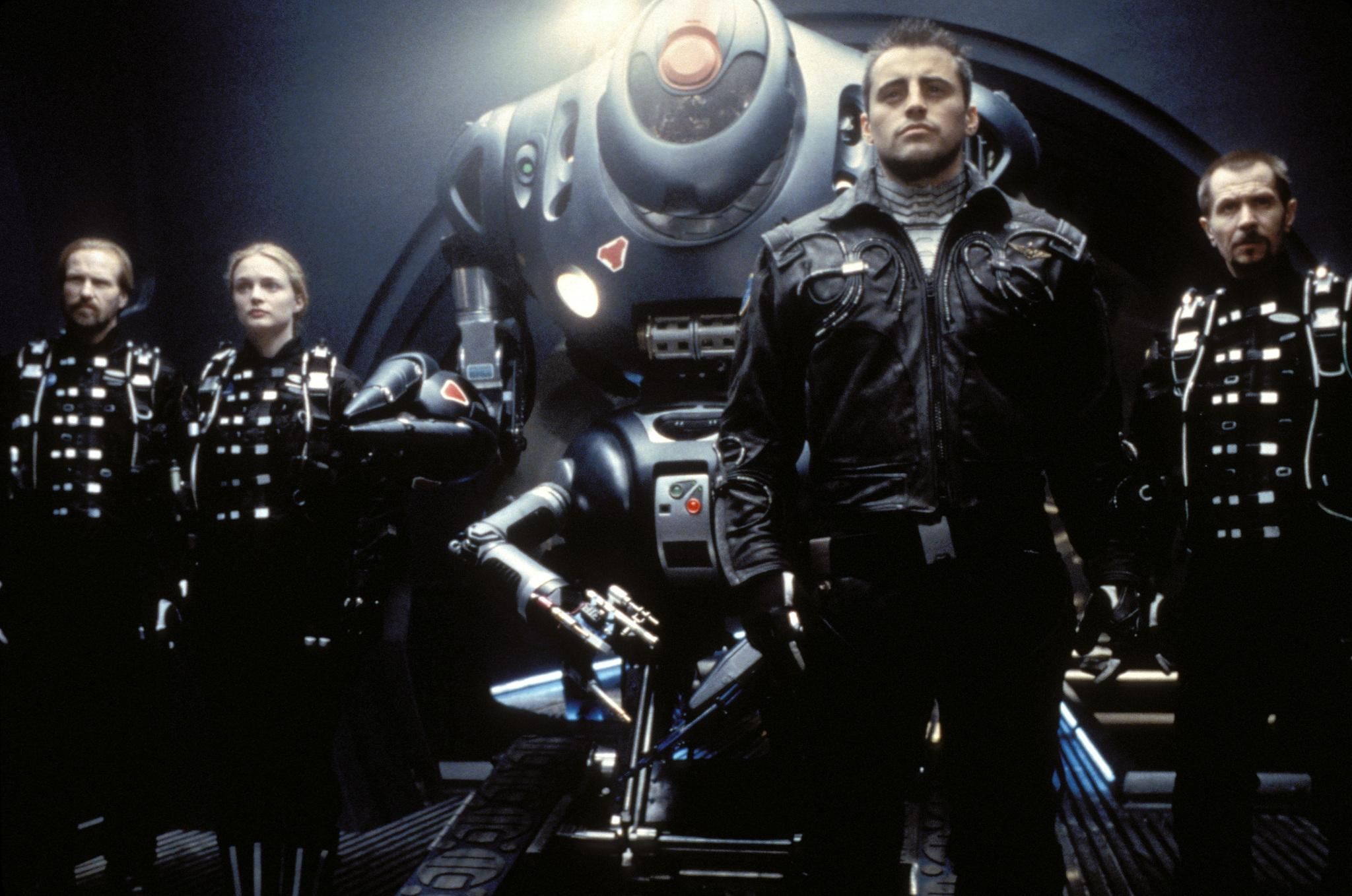
Notice that metal plating under West’s chic fighter pilot coat? That extends over his head when the away team is confronted with killer spiders from outer space.
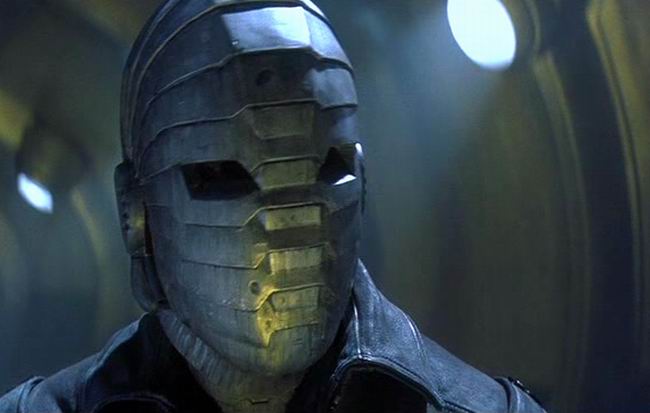
Not only that but West’s relatively puny space-blaster also has attachments that turn it into a high-powered spider-slaughtering rifle. Sadly there aren’t many official images available of West’s gu….ohmyGod it’s on YouTube.
“Million bucks worth of weaponry and I’d trade it all back for a lousy can of Raid.” Bless you, Lost in Space, you awful, awful film.
Refreshingly, the Robinsons in Netflix’s version of Lost in Space don’t have much access to weapons. It requires a special override code to force their Jupiter II’s 3D printer to produce any weaponry. Thankfully, Lost in Space does have similarly great costuming.
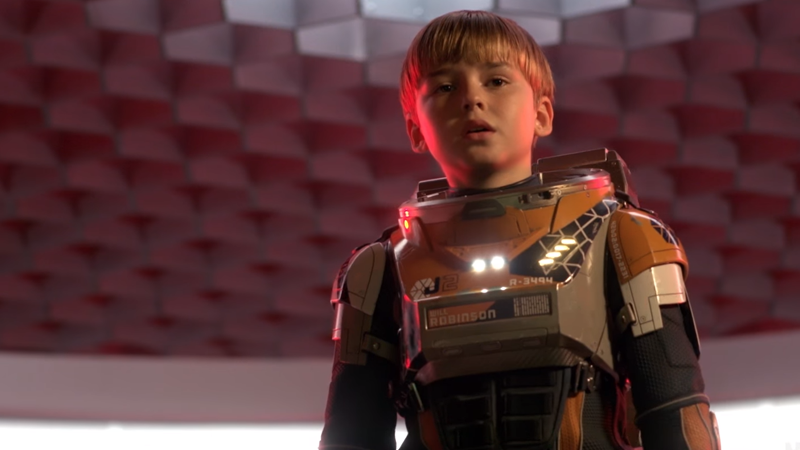
That is just an objectively beautiful and useful spacesuit.
Ships
The Jupiter II in both the 1998 and 2018 versions of Lost in Space are just perfect ships – the kind that any kid can kill an afternoon with a toy version of, zooming around their house.
The 1998 version looks like a space egg meets an even more busted up Millennium Falcon.
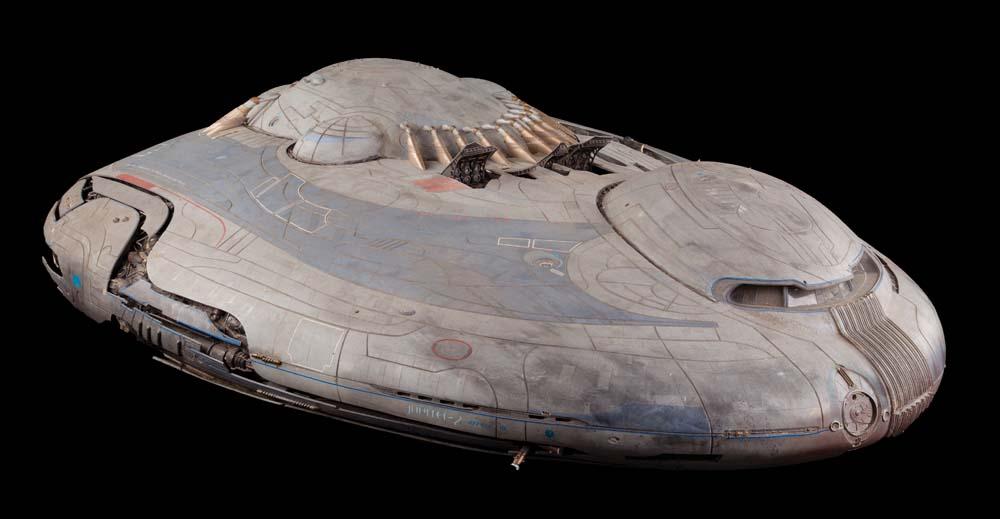
The Jupiter II is lived-in and comfortable. This thing is designed to accommodate the Robinsons for years, perhaps decades as they make their way to humanity’s new home. It’s somehow equal parts sleek and bumpy. You can see a lost space family easily calling it home. It’s quite an excellent design for such a bad film.
The 2018 version is a bit smaller.
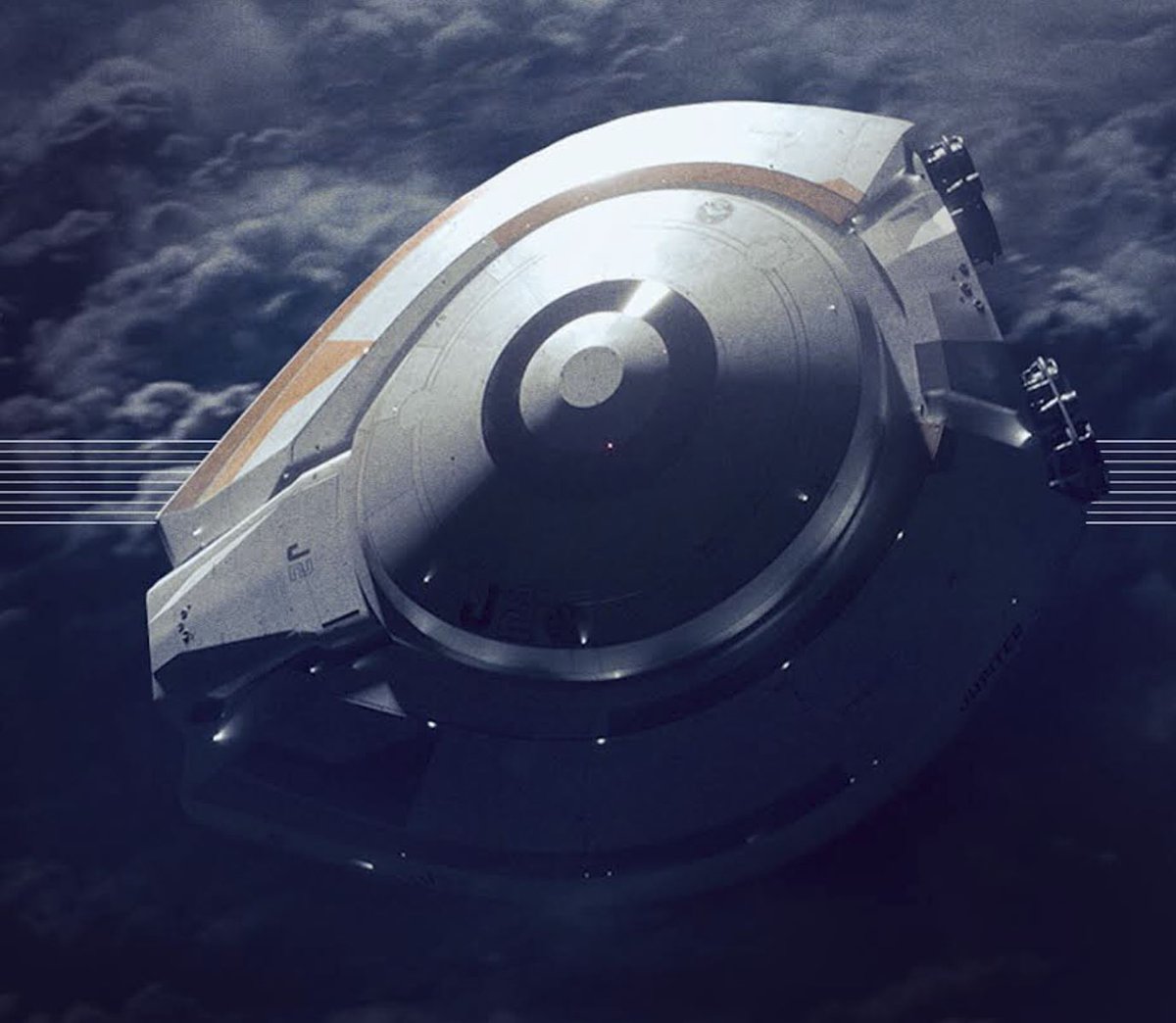
That takes on a less egg-like more circular appearance. In the 2018 version, the Jupiter II is one of many Jupiters and is not designed to be a full-time living space. It’s not supposed to feel homey or particularly aesthetically pleasing. Its job is just to get colonists a hop, skip, and a jump across the galaxy to Alpha Centauri. It does all of those things and it looks great doing so.
The 1998 Lost in Space also has some other worthwhile spacecraft. Major Don West is a fighter pilot who battles a opposing force known as the “Sedition” in the film’s first scene. In doing so, West pilots one of the coolest looking space jets ever conceived.
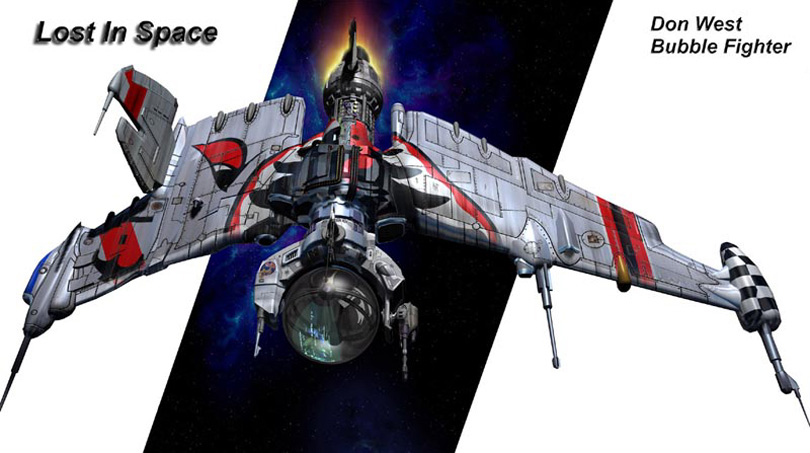
Yes, that is a combat vessel that essentially resembles a shark’s jaws with a little cockpit bubble in the middle. Bravo! Enjoy The Walking Dead’s Lennie James killing bad guys alongside Joey from Friends.
The Robot
Then there’s The Robot – undoubtedly the most crucial aesthetic design for any version of Lost in Space. The 1998 version presents him as the ultimate mechanical helper. His design is modern, with lots of blue and red paint and a small ovular head. His “hands” are claw-like to better assist with the heavy-lifting tasks aboard the Jupiter II and his lower half is made up of tank-like tracks.
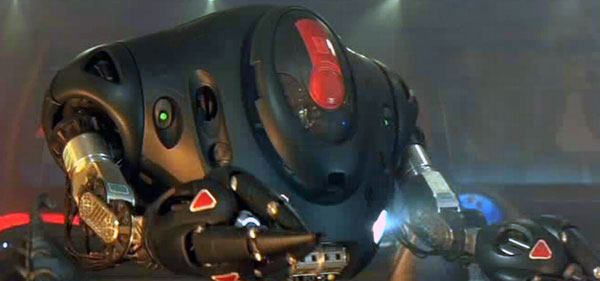
All in all, he’s the perfect Robot for his times. The 2018 Netflix reboot goes in a much different narrative but still maintains an aesthetically pleasing look. This Robot is alien in origin. He’s stronger and carries more of a personality. Still, it’s clear that the same amount of care has been put into the design as the 1998 version.
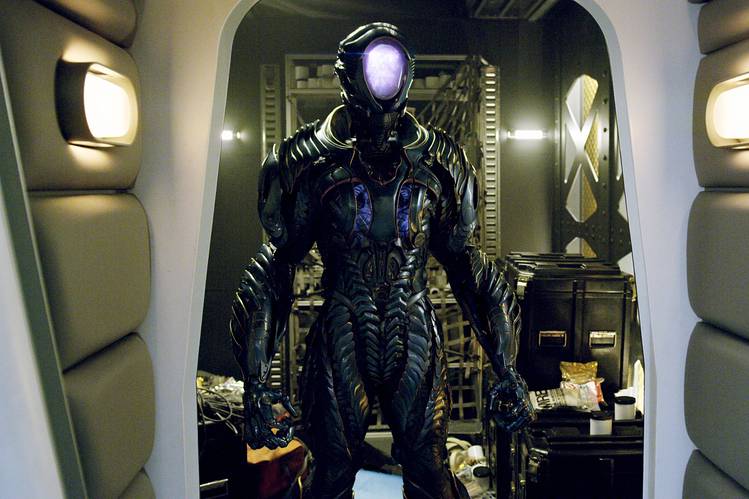
That might be the best incarnation of The Robot yet. The original ’60s “Robby” version will always have a nostalgic appeal but that’s about as good a modern reimagining as anyone can hope for.
Netflix’s 2018 version of Lost in Space is clearly superior to its 1998 cinematic and maybe even ’60s original. It learned some important lessons from the former though. Television and films are visual mediums. If the story is ever going to lag (and it likely will for a show about being lost in the emptiness of outer space), the aesthetics better do what they can to pick things up. Both versions of Lost in Space more than pull their weight aesthetically.
